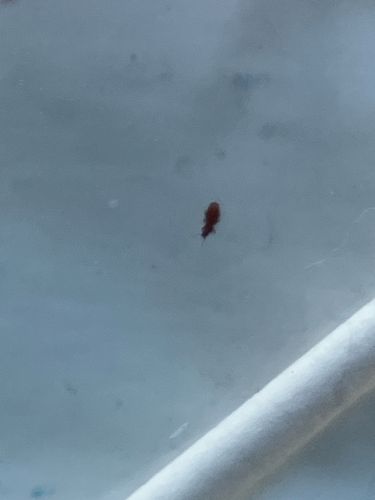Booklouse
Scientific Name: Psocoptera (various species)
Order & Family: Psocoptera, multiple families (e.g., Liposcelididae, Psocidae)
Size: 1-2 mm

Natural Habitat
Damp, warm, and dark places with mold or fungi. Often found in books, stored food products, attics, basements, wall voids, and sometimes new constructions with curing plaster or wood.
Diet & Feeding
Feeds on mold, fungi, starch, glue in book bindings, wallpaper paste, microscopic organisms, and dried plant or animal materials. They do not bite humans or animals.
Behavior Patterns
Booklice are small, soft-bodied insects. They are generally active at higher humidity levels and tend to hide in crevices. They often appear suddenly in large numbers when conditions are favorable, particularly in new or damp buildings. They are wingless or have reduced wings depending on the species.
Risks & Benefits
Potential Risks: Can contaminate food products and damage books, wallpaper, and other starchy materials, especially in large infestations. While not directly harmful to humans or pets (they don't bite or transmit diseases), their presence can be an indicator of high humidity and mold issues, which can be detrimental to human health. Potential Benefits: In natural environments, they contribute to the decomposition of organic matter, acting as scavengers of fungi and detritus.
Identified on: 10/6/2025